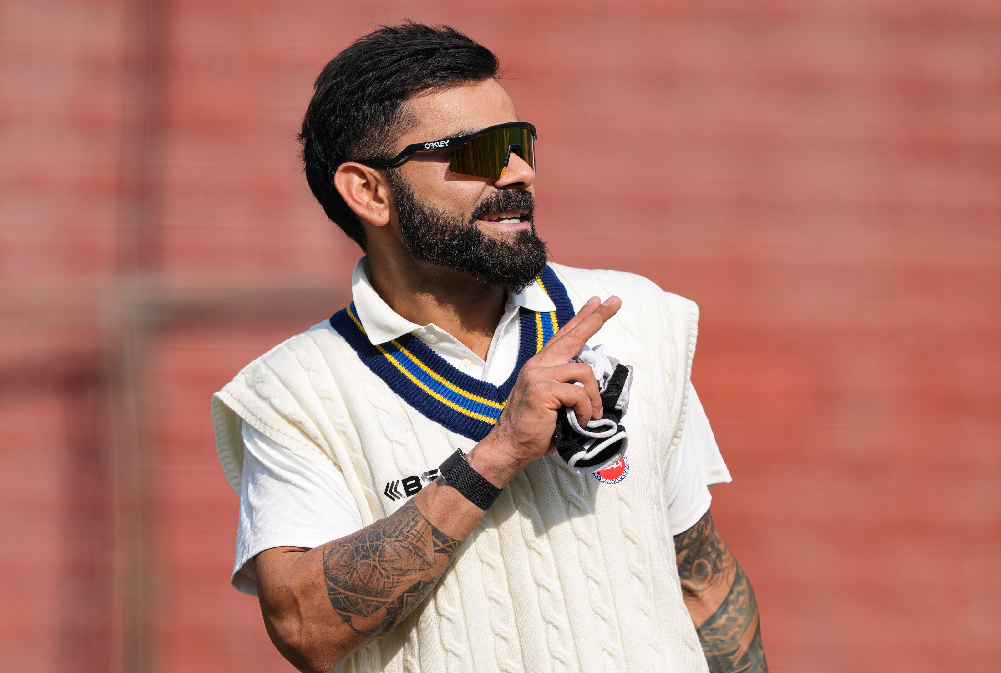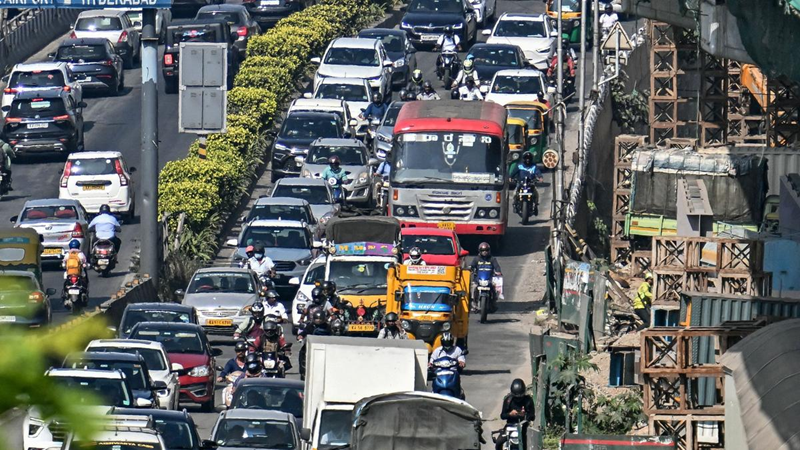
Kashmir at the crossroads of change... or despair?
Air Vice Marshal Kapil Kak (retd.)
In his preface to the 1997 book, The Challenge in Kashmir: Democracy, Self Determination and a Just Peace, Sumantra Bose, the well-known academic and expert on the Kashmir conflict, raises the question: “Why another book on the conflict in and over Kashmir? Hasn’t the vexed topic been flogged to death already?”
And then, unsurprisingly, given his deep interest in Kashmir, he has made 20 odd field visits to Jammu and Kashmir over the next quarter-century, and written extensively and sensitively on the Kashmir conundrum. Bose’s latest volume, Kashmir at the Crossroads: Inside a 21st Century Conflict (Picador, India 2021), is a deeplyresearched, brilliantly-articulated searing yet definitive narrative.
The mindscape includes the India-Pakistan bilateral, unfolding of the high intensity Kashmir insurgency (1990-mid 2000s), the Union government’s ‘shock and anger’ revocation of the state’s autonomy in 2019, transformational regional geopolitics and the China factor in Jammu and Kashmir.
Post-independence decades
Bose traces a mind-boggling array of events and developments during the 1950s-1980s in intimate detail with his characteristic intellectual honesty and dexterity, starting with Kashmir’s special status (Article 370), the arrest of Sheikh Abdullah and rule through draconian laws among many others.
“Why was the harmonious Kashmir- India symbiosis fatally damaged,” he questions. It was because the Union government’s approach was to permit widespread corruption as an adhesive to bond Kashmiri society; select pliant leaders to do its bidding; initiate stealthy constitutionalism (28 Constitutional laws and 262 Union laws were made applicable to J&K) and allow massive rigging of elections.
He pinpoints the Union government’s dismissal of Sheikh Abdullah (1953) and then his son Farooq Abdullah (1984), the Rajiv-Farooq accord (1986) and the rigged elections (1987) as key reasons, among others, for the insurrection emanating from “four decades of Indian policies and actions since 1950s”. No wonder Pakistan was ready to harvest the consequential anger and alienation for its Kashmir strategy.
High-intensity insurgency
In the manner of a political archaeologist, the author assiduously explores layers upon layers of unparalleled complexities and stakeholder dynamics to shine the light on the high intensity phase of insurgency that engulfed Jammu and Kashmir from 1990 until mid- 2000s. “The carnage”, he thoughtfully avers, “is a grim lesson in the ruinous potential of nationalism, as Orwell defined it or rather, of nationalisms competing for supremacy – the state-led nationalisms of India and Pakistan and the state-seeking Kashmiri nationalism, which has as its epicentre among the Muslims of the Kashmir Valley.”
Bose quotes officially stated fatalities of 16,000 insurgents, 4,600 security forces personnel, 13,500 civilians, not counting 8,000 people who, as per Association of Parents of Disappeared Persons, remain untraced. Political initiatives and counter insurgency successes of security forces helped bring the high-intensity phase under control with fatalities reducing from about 4,000 in 2001 to an annual average of a few hundred over the past decade or so.
The enormous popular support for the resistance movement among workers, teachers, shopkeepers, doctors and lawyers and the public has been widely chronicled. But in a sombre reflection, Bose counsels, “These expectations of imminent freedom were desperately naïve…The response supported by virtually the entire spectrum of Indian political opinion was simply repression – of a scale and intensity that made the draconian police state of the previous four decades look positively benign.”
The India-Pakistan dynamic
The author analyses the India-Pakistan bilateral across a wide spectrum including nuclearisation, diplomatic openings, the Kargil War and the crisis of 2002 concisely and comprehensively. Clearly Pakistan’s repeated mass casualty terror attacks which came to Mumbai in 2008 constituted a severe bilateral setback. Terror strikes on the Pathankot Air Force base, Army’s Uri camp and later on the CRPF convoy in the Valley followed by IAF’s daring strike on the terrorist training camp at Balakot led to a starvation in bilateral dialogue, which still persists.
Bose endorses the peace process envisaged in the Lahore Declaration (1999) that resolving Kashmir is “in the supreme national interests of both countries”. “The Northern Ireland type of settlement finds favour “despite its new complexities arising from the UK’s troubled exit from EU”. Laying the
 English daily published in Bengaluru & Doha
English daily published in Bengaluru & Doha






